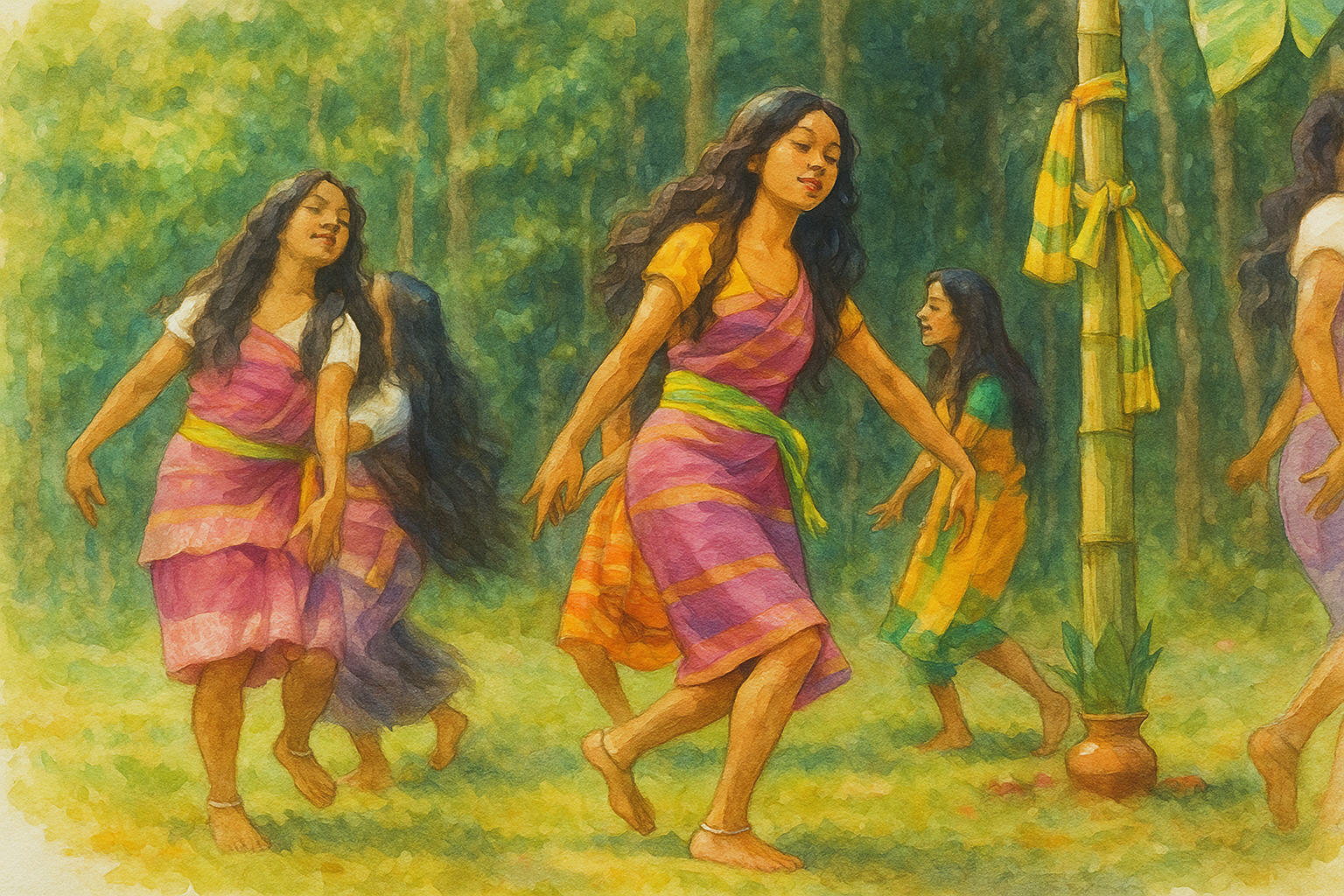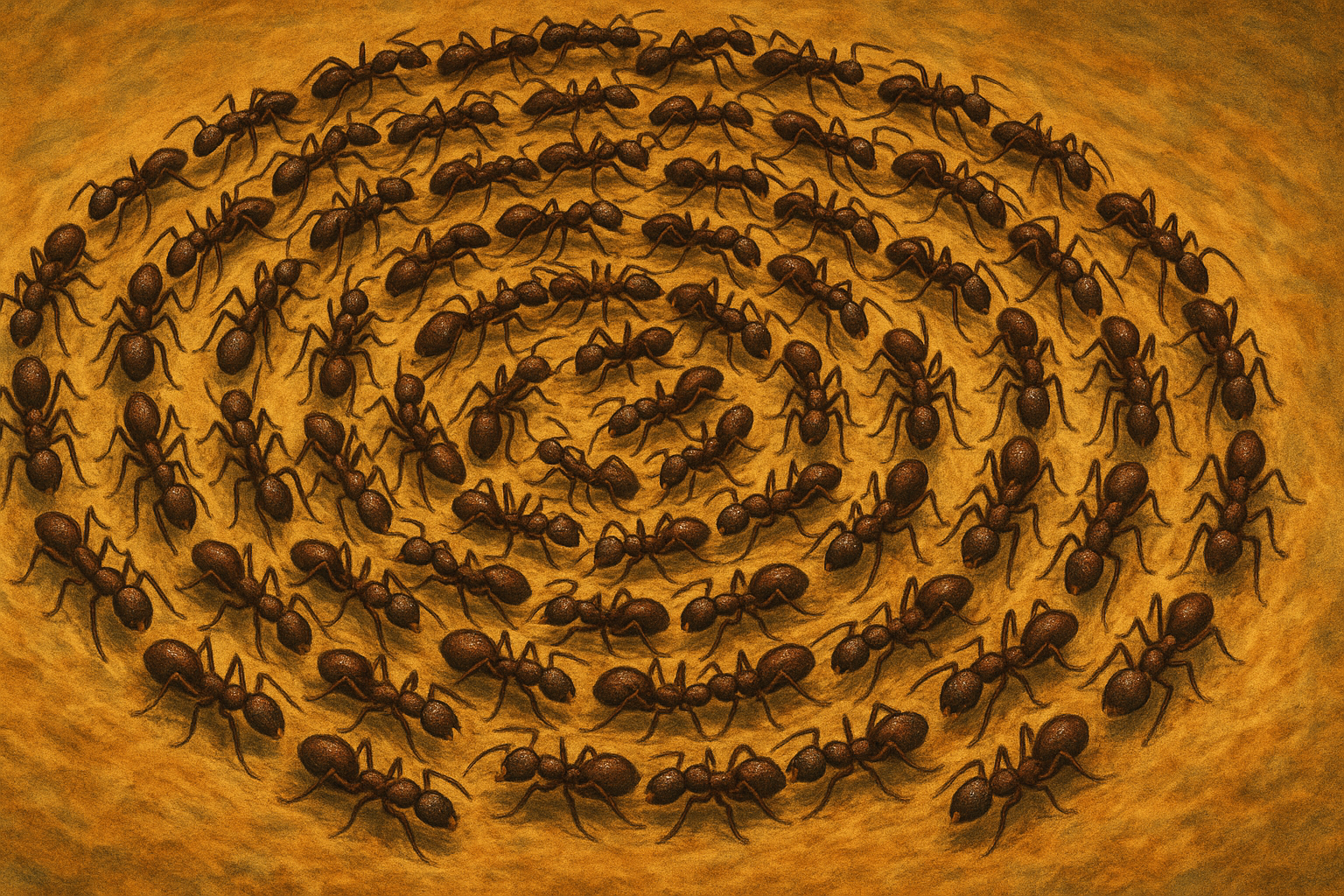
 Dr Abhijit Ray - Aug 1, 2025
Dr Abhijit Ray - Aug 1, 2025
In our society, we do not hesitate to comment on someone’s body, or enquire about their health even if we notice minor changes at the individual level. But why do we often consider it ‘normal’ when an entire population from a certain community suffers from the same health issues? We simply normalise it by linking it to class divisions—either they are poor (bostir manuh) or rich (dhoni manuhor bemar); and sometimes, perhaps, we associate it with a particular community, like the khata-pita Punjabis!
But is it really that simple?
I’m not a health expert, but my common sense tells me it’s not that simple — in fact, perhaps — it’s a Pandora’s box. Instead of normalizing it, we, as part of a collective entity called society, should ask the question loudly: why is a section of us suffering from identical health issues? We have the right to seek an answer to this question as well. The scientific and rational way to seek an answer of the question is, maybe, by proceeding with a few assumptions and investigating those suppositions. This article is an initiative to encourage and engage people in a broader discussion on a simple topic that we often overlook as an insignificant issue of some subalterns.
The topic is the deteriorating health conditions of the working class women from the Koch community, many of whom identifying as Rajbanshi following the Sanskritisation movement in the undivided Goalpara and present day BTR regions. Why is the contrast with other communities becoming so evident in these areas? It might sound strange, but anyone can visit those regions and observe the health conditions of those women. Just by looking at them, we can see how the body carries evidence of societal and political oppression, along with gender and economic exploitation. The men from this marginalised community are also facing serious health issues such as alcohol addiction. However, women's experiences have become increasingly visible in recent times. The debate on intersectionality is relevant here- the weaker sections within a marginalised group often face more severe challenges than other members of the same group. The observation and study can be extended to members of other communities as well; however, there are certain unique aspects of this issue that apply specifically to the Koches. However, these unique experiences of the community are connected to forbidden public and political discourses of contemporary time, and therefore, these taboo factors rarely find space in mainstream public discourse.
One primary health issue among working-class women from this community is malnutrition, which is leading to many other health problems. Interestingly, a close observation reveals that this malnutrition is not caused by poverty or poor healthcare alone — which is quite obvious. There are forbidden factors as well.
The semi-Sanskritised groups, like the Koches, came under the Brahminical fold but somehow maintained their traditional culinary practices until very recently. They are indigenous to this region, and their traditional food habits or culinary practices have been shaped by thousands of years of ancestral experience of living in this particular area. Their food habits are aligned with the geographic environment and natural conditions of the region. These habits evolved through an intimate relationship between the people and their surroundings. However, with Sanskritisation, the sudden adoption of Brahminical puritan food habits disrupted a rhythm of continuity that had lasted for thousands of years—one that was intimately connected to the land, their bodies, and their souls. It is like breaking away from a thousand years of community knowledge and wisdom, accumulated from the local geography, nature, and the rhythms of everyday life. With the sudden adoption of Brahmanical form of Hinduism, they had to stop consuming various kinds of meat, insects, and wild vegetables, which had been their primary sources of protein and vitamins. They deliberately abandoned their sources of protein and vitamins in pursuit of a self-proclaimed higher status within the caste system of Brahminical hierarchy.
In recent years, these people are getting inspiration for this outburst of self-deprivation of nutrition from a more powerful source — the easily accessible media content, which has become a propaganda machine and source of pseudo-scientific misinformation. Religious revivalists and radicals, as well as ultra-nationalists, are using the powerful media to instigate and convince people to have particular ‘types of food’, mostly from the northern part of India and Bengal, which is alien to many parts of the country, including these regions. They are propagating it under the cover of health experts, religious teachings, and nationalism, and through Babajis and Gurujis. The media is bombarding us with misinformation regarding these topics, and the smaller communities are unable to counter it.
Smaller communities are getting the upper-caste-dominated filtered information, which often goes through the ‘pride’ of Brahminical lenses, and the smaller community doesn’t have the rationalist tradition to counter those agenda-driven misinformation. The information provided by the media is inherently biased. Misinformation and radical identity politics are forming groups of Banar Senas — armies of monkeys — across every religious group. These closed groups consist of a chaotic and mischievous bunch of people. They cannot win a war, too timid to fight a battle — but they can create chaos and havoc everywhere. This chaotic group of people is imposing their ideas aggressively by attacking the primary aspects — food, body, and brain. They will not go and fight against their perceived enemies who are stronger than them, but they will single out any common citizen of the country, or a marginalised community, or even a weaker member of their own family, to impose and force their ideas, fantasies, and authority. Anyone who asks for logic and common sense instead of the blindness of radicalism and the blindness of identity politics is their enemy.
Women are becoming the primary victims of these circumstances. They are falling prey to a new form of radical patriarchy, often masked by religious pride, identity politics, an ugly form of consumerism, and media-driven myths.
There is so much more to this topic to discuss, study, and explore that we can begin with our simple questions and queries. Laoti Winds will continue the discussion by asking the following questions on this topic-
There are more questions we need to ask, and we need to raise our voices. This discussion will continue on this platform with experts’ input and the voices of the victims…
Like This Post? Jajang Kama Koch - Jul 30, 2025
কোচ সকলৰ সামাজিক ৰাজনৈতিক আন্দোলন আৰু মহিলা সকলৰ জাতীয় পোছাক পাটানী
Jajang Kama Koch - Jul 30, 2025
কোচ সকলৰ সামাজিক ৰাজনৈতিক আন্দোলন আৰু মহিলা সকলৰ জাতীয় পোছাক পাটানী
 Dr Abhijit Ray - Aug 01, 2025
Revivalism of Ethnic Religion in the North East- The Good, the Bad and the Ugly
Dr Abhijit Ray - Aug 01, 2025
Revivalism of Ethnic Religion in the North East- The Good, the Bad and the Ugly